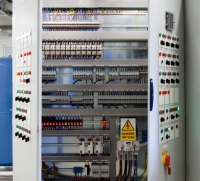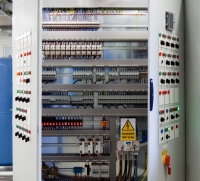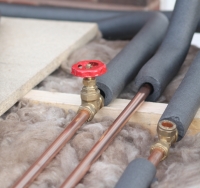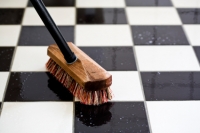Arc Fault Circuit Interrupters
Wed, Jan 25, 2012Arc fault circuit interrupters (ACFIs) de-energize circuits when an arc fault is detected, preventing overheating and possible combustion. ACFIs enhance safety in any home and are required for some new construction, varying by state.
Over the past decade or so, a discussion about arc fault circuit interrupters and their required use in residential construction has raged among officials, organizations, corporations, and individuals related to the construction industry. Change can be difficult but �only the wisest and stupidest of men never change," as Confucius said. Change has occurred consistently in residential electrical systems since Thomas Edison unveiled the first electric light on New Year�s Eve, 1879. Knob and tube, cloth-braided, PVC-jacketed, two wire then three wire, fuses then breakers� the list goes on and on. Change happens. Most of that change can be attributed to our steadily increasing understanding of electricity since we were first electrified. With its increasing use in our homes, and the considerations of inhabitants� safety and the prevention of property damage, it is not surprising that regulations have continued to change. So why do we resist? We should expect change and grow with it, particularly when it is in the interest of our own safety and can prevent the loss of property.










